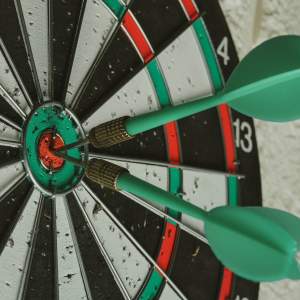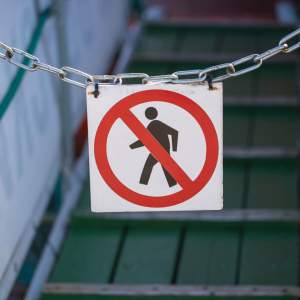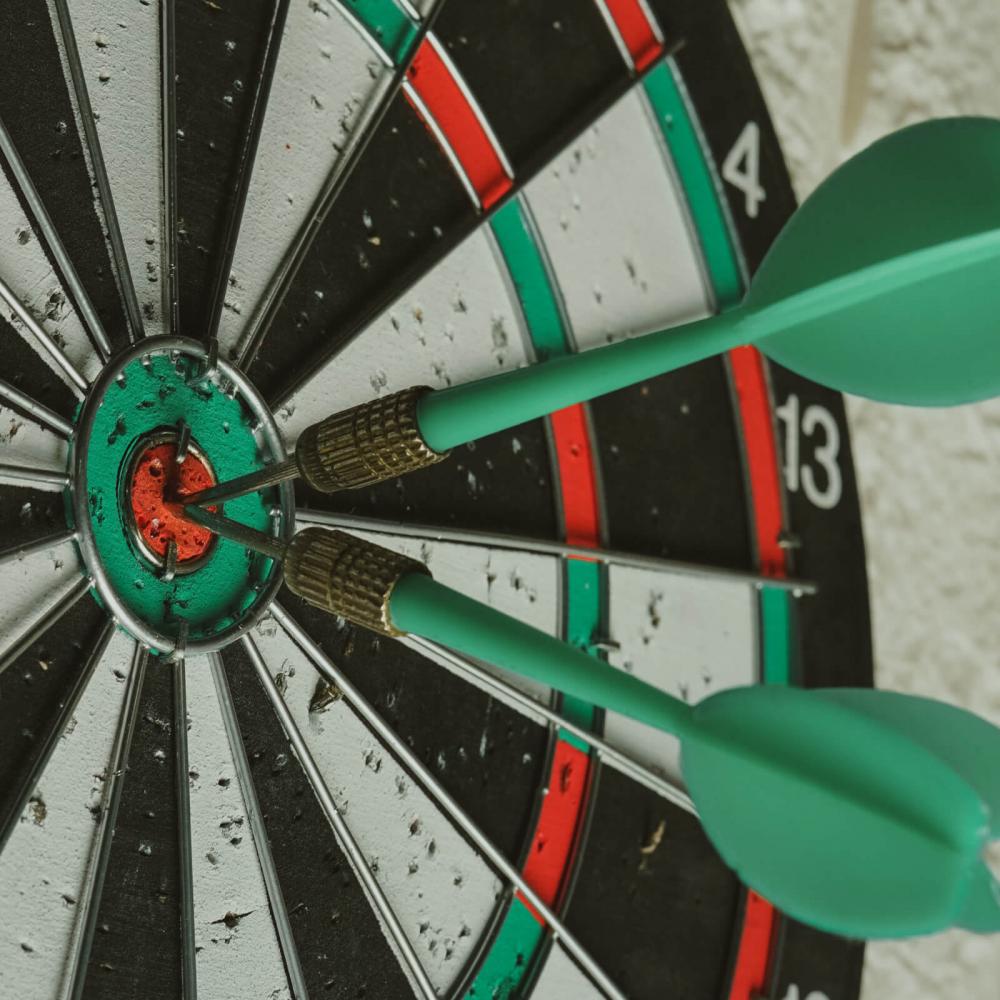When to Send Push Notifications: The Data Behind Patient Engagement
Patient engagement is a critical issue for pharma and its digital support offerings; understanding user behavior is key to achieving effective patient engagement. Here is what we found when we analyzed data from push notifications and why these learnings matter to pharma.
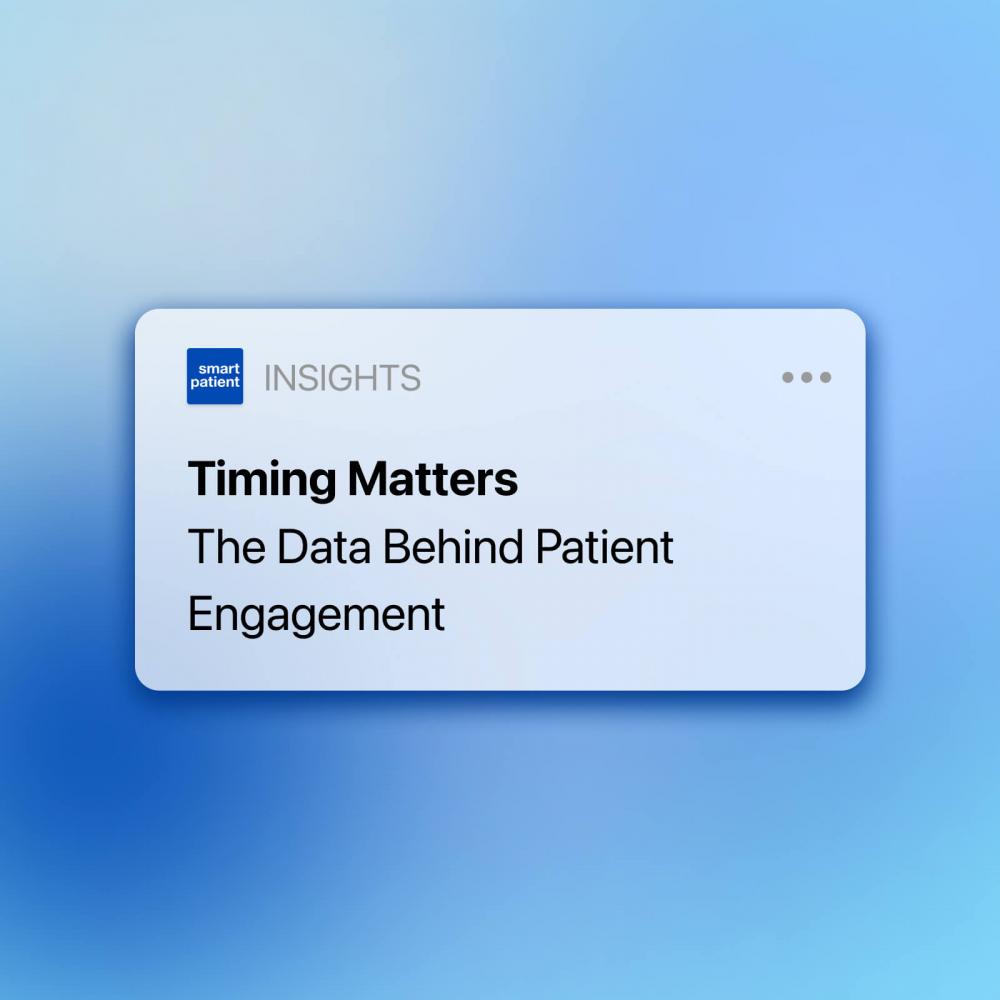
- Surveys help uncover valuable patient insights; however, the timing of push notifications can make or break response rates
- Using the data to optimize details such as the timing of push notifications helps drive patient engagement. This approach applies to other areas of patient engagement, such as maximizing clickthrough rates for content
- Pharma can use MyTherapy as the platform for patient support and benefit from exemplary levels of patient engagement
Patient engagement is the backbone of any digital patient support program. Engaging users, however, is a nut that pharma has long struggled to crack. By analyzing data regarding push notifications that prompt users to complete surveys, we can see how getting the timing right can drive response rates. Read on to learn what we found and how such analyses reflect our commitment to maximizing patient engagement.
Patient Engagement: What the Data Tells Us
Patient surveys play a key role in our patient engagement strategy, helping us and our pharma partners understand patient views and attitudes. Surveys can be sent to specific groups of users, such as those taking particular medications or using a certain partner program. We have shared results from surveys we have sent to users living with particular diseases on this blog, a few of which you can read here:
- MS Patient Survey: Why Pharma Should be Providing Treatment Info & Education
- Psoriasis Treatment Survey: Why Do Less Than a Quarter of Users Prioritize Clear Skin?
- How Does the Competition Stack Up? Insight from Hundreds of Asthma Patients
Our data science team looked into the data behind such surveys, analyzing how the timing of pushing notifications to users influences response rates.
The most telling result is that the day of the week push notifications are sent makes a significant difference. By comparing the daily response rate to the average overall response rate, the team was able to reveal relative response rates for each day (showing how much above or below average each day performs). Wednesdays were found to be the worst day for sending push notifications, with the response rate falling 4.41% below average. Sundays, on the other hand, perform the best at 5.47% above average.
While it might appear that weekends are the best time to send push notifications, a surprising result is that Saturdays perform slightly worse than average.
The difference a day can make: there is more than a 6% swing in relative response rates between Saturdays and Sundays. A similar swing occurs between Tuesdays and Wednesdays.
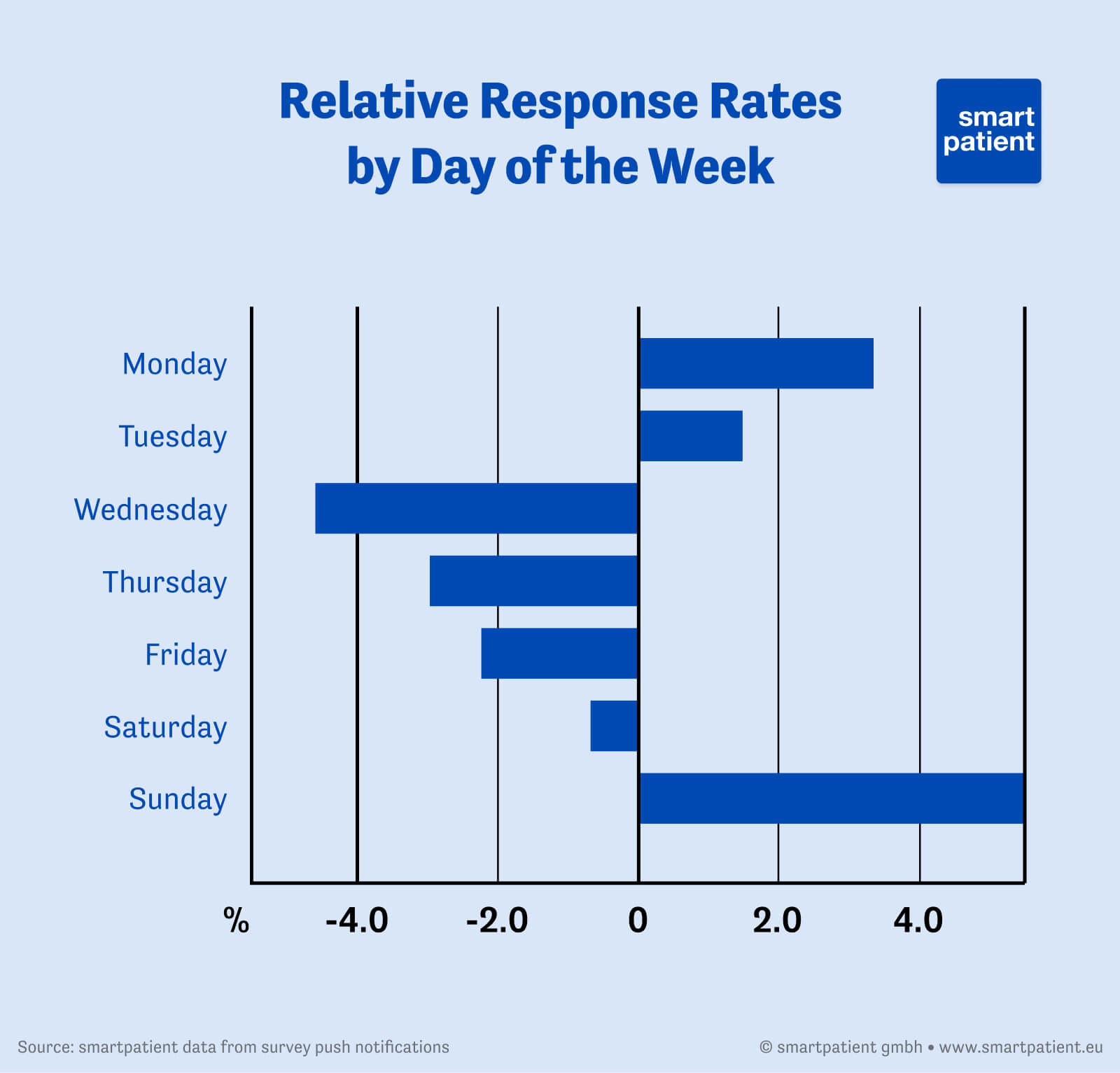
Beyond the day of the week, the time push notifications are sent can influence response rates. When looking at the app usage data for users in Germany, the team found two distinct peaks: one in the morning at around 7 am and another in the evening starting from around 5 pm. However, both peaks occur a couple of hours later at weekends.
Overall, our team found that Monday mornings and Sunday evenings are the optimal times for pushing survey notifications. While this finding applies to surveys as a whole, the team is able to analyze data based on specific criteria, such as the behavior of users in a particular language or taking a certain medication. The latter is particularly relevant for our pharma partners, as patients taking medications with a specific intake regimen are likely to use the app in a way that reflects that regimen. Differences like this need to be accounted for when optimizing patient engagement.
How Understanding Patient Engagement Data Helps Pharma Deliver Effective Patient Support
MyTherapy’s large userbase and high levels of engagement mean it is a valuable resource for collecting patient insights. Surveys are one of the most effective ways of gathering qualitative data regarding a host of topics, including aspects such as treatment satisfaction and priorities.
This feedback helps us and our pharma partners understand patients' needs and how digital patient support programs can better address users’ daily challenges. This can shape the features we develop and the content we craft. Understanding how to maximize response rates is essential for making the most out of such surveys.
Similarly, analyzing the data behind aspects such as the clickthrough rates (CTR) of content pieces – often written for a defined demographic and with specific targets in mind – can help ensure they reach as many patients as possible. All of these elements contribute to a digital program that truly engages patients.
MyTherapy: Pharma’s Patient Engagement Platform
Understanding how the timing of push notifications affects survey response rates is indicative of the lengths we go to in order to drive patient engagement. It helps us make our MyTherapy app as useful as possible to millions of people worldwide while making it an ideal platform for building patient engagement programs for our partners.
As a result, MyTherapy is trusted by the likes of Merck, Novartis, and Pfizer as a platform upon which to build class-leading patient support. Our exemplary levels of patient engagement help us generate data that is used to drive product development and deliver actionable insights to our pharma partners.
If you would like to learn more about using MyTherapy as the platform to support and engage your users, don’t hesitate to complete a contact form or book a meeting.
